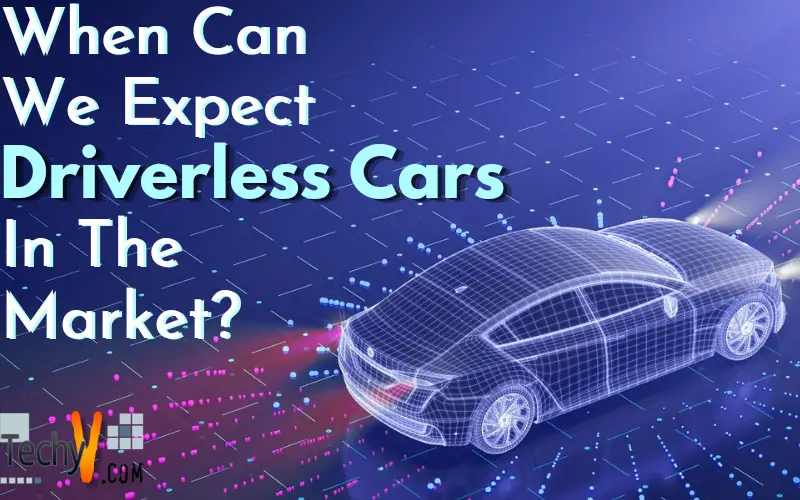Self-operated cars are no longer a conception of the future, since car companies like Mercedes Benz, BMW, and Tesla have released or planning to release cars having the ability to drive themselves. Even tech companies like Google are taking part in this revolution.
Judging by the recent claims and news, fully autonomous driverless cars are just around the corner.
When we say driverless cars, we imagine about a car where we will hop in, enter the name of a destination and the car will drive us safely to the place safely, while we will be enjoying a nice sleep or watching a video on our phone, in the car. But those kind of fully autonomous cars is probably not going to be produced in the next few decades.
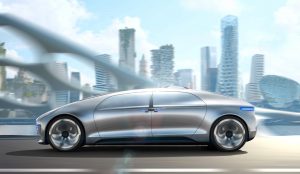
However, autonomous technologies have been receiving heavy investments all over the world, and especially in the UK. The government even announced new laws for the testing of self-driving vehicles on the roads. Hence, with so much of fund investment and encouragement, it is obvious that self-operating cars are about to happen, but probably they are going to take much longer to be available for the mass amount of consumers. With all the advantages that autonomous cars provide, it is also important for the manufacturers to weigh all the technical issues of the brand new technology before introducing the product to the market. Self-driving cars are expected to make the roads safer for the users.
The Google Car
Google car is equipped with eight range sensors that can interact with the surrounding environment. It’s most noticeable feature being a rotating rooftop camera that uses a 32 or 64 lasers array to calculate the distance between the car and the surrounding objects. The Lidar sensors of the Google car can also build a 3D map of the roads up to a distance of 200m and enables the car to see any obstacles (pedestrians, other motorists, etc.) on its way. The bumper-mounted radar tracks other vehicles which are present in front or behind the car.
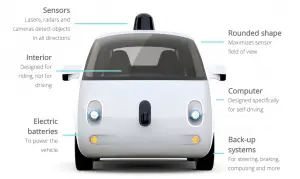
The car can even receive geolocation data from its GPS satellites and is equipped with an ultrasonic sensor that can monitor the car movement. Besides all these, the car is also provided with altimeters, gyroscopes, and tachometer to provide accuracy in the performance of the car.
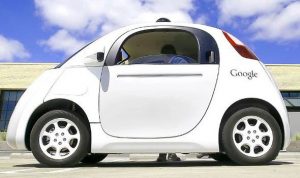
However, the sensors of the Google car cannot cope with bad weather conditions. It is anticipated that most of the consumers will be living in parts of the world where they face challenging weather conditions for which the car is not an ideal option. Bad weathers can be responsible for blocking the LIDAR sensor of the car, and the snow on the road may confuse the navigation system of the car.
When can we have an autonomous car in the market?
Mercedes 2017 E-Class will be the first automated vehicle to appear. The real car (and not any prototype) will be granted the permission to be driven in Nevada. The company expects that the car will be able to follow other cars automatically at speed up to 124mph with the driver’s hands on the steering. The car will be able to come to a halt automatically during any emergency situation, and the steering and parking will be controlled by smartphones.
According to engineers, vehicle autonomy has five different levels: Driver Control level, Assisted Driving level, Partial Autonomy level, High Autonomy level, and Full Autonomy level.
While it will be very difficult to introduce a car that is fully autonomous, and it may take years of research and testing to bring any fully autonomous vehicle in the market. The companies that are working on producing driverless cars focusing on Assisted Driving level and Partial Autonomy level, where the vehicle will be needing human interaction and assistance at times. Some systems like adaptive cruise control, self-parking and lane assistance will be done by the car autonomously, but the cars won’t be able to drive the passenger to the desired destination without any kind of support.
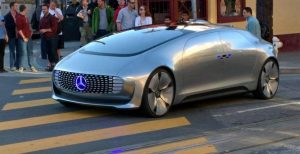
It is believed that the car automation will be developing step by step. Volvo and Mercedes will be offering cars that can automatically follow the road, and such vehicles are expected to hit the market by 2018. Google’s autonomous vehicle will not be making any market appearance until 2025. The Institute of Electrical and Electronics Engineer (IEEE) expects that within a few decades majority of the cars will be autonomous.
Limitations:
It is important to consider the economic impact of the autonomous vehicles on the market and the users. No doubt the autonomous cars are going to cost very high for the advanced technologies used in them. The costs need to come down, and the features need to be tested before the vehicles can be used on roads by the consumers.


